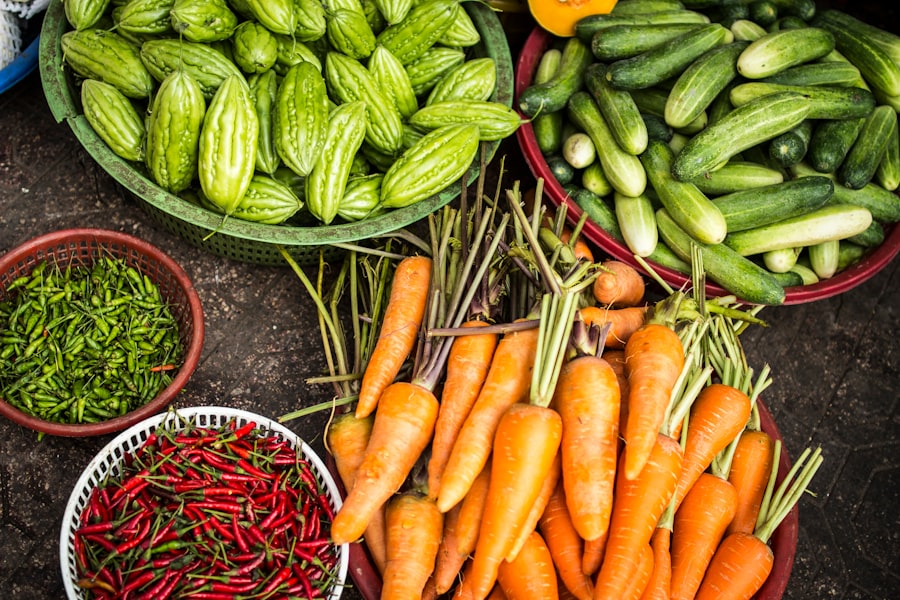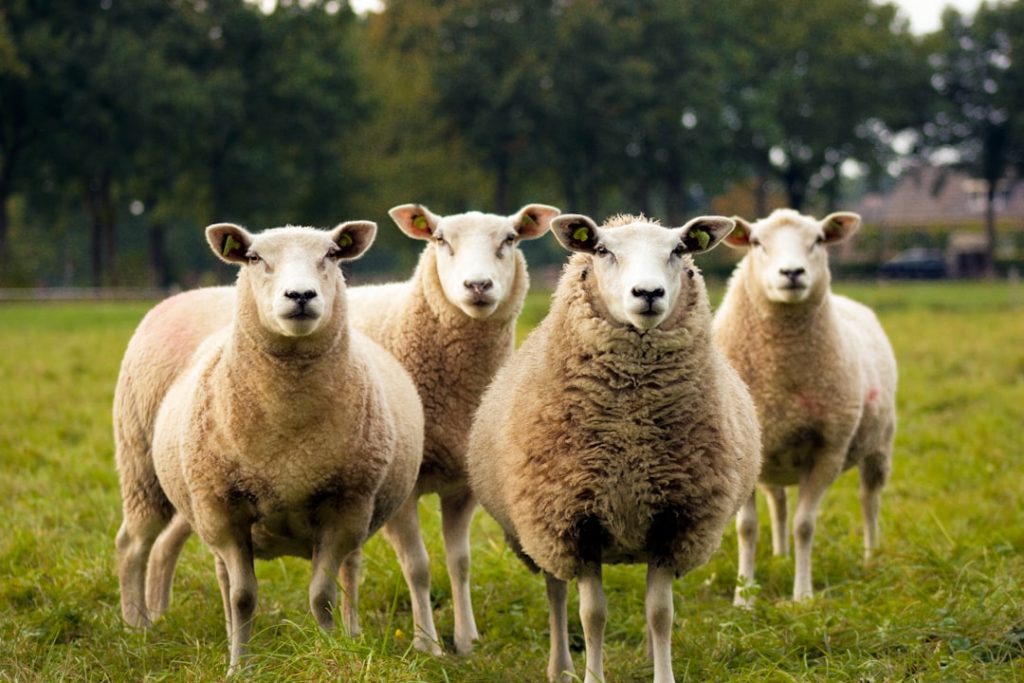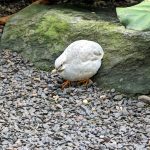Breeding crowing quail can be a rewarding and enjoyable experience for anyone interested in raising these unique birds. Crowing quail, also known as Japanese quail, are popular for their small size, easy care, and delicious eggs. Before diving into the breeding process, it’s important to understand the basics of crowing quail breeding. Crowing quail are known for their distinctive crowing sound, which is produced by the males to attract females during the breeding season. Understanding the behavior and natural instincts of crowing quail is essential for successful breeding.
Crowing quail reach sexual maturity at around 6-8 weeks of age, and they are prolific layers, producing an egg almost every day. The breeding season for crowing quail typically begins in the spring and lasts through the summer months. During this time, males will crow to attract females, and mating will occur. It’s important to provide the right conditions and environment for successful breeding, including proper nutrition, housing, and nesting areas. By understanding the natural breeding behaviors of crowing quail, breeders can create an ideal environment for successful breeding and egg production.
Table of Contents
- 1 Selecting the Right Quail Breeding Stock
- 2 Creating the Ideal Breeding Environment for Crowing Quail
- 3 Managing the Breeding Process for Crowing Quail
- 4 Caring for Crowing Quail Chicks
- 5 Troubleshooting Common Breeding Issues with Crowing Quail
- 6 Tips for Successfully Breeding and Raising Crowing Quail
- 7 FAQs
Key Takeaways
- Breeding crowing quail requires understanding their natural behavior and breeding habits
- Select breeding stock with good health, strong genetics, and desirable traits for successful breeding
- Provide a suitable breeding environment with proper lighting, temperature, and nesting areas for crowing quail
- Manage the breeding process by monitoring egg production, incubation, and hatching
- Care for crowing quail chicks by providing warmth, proper nutrition, and a clean environment
- Troubleshoot common breeding issues such as low fertility, egg production problems, and chick mortality
- Successfully breed and raise crowing quail by providing proper care, nutrition, and monitoring their health and behavior
Selecting the Right Quail Breeding Stock
Selecting the right breeding stock is crucial for successful crowing quail breeding. When choosing breeding stock, it’s important to select healthy, disease-free birds with good genetic traits. Look for birds that are active, alert, and have a good body condition. Avoid birds that show signs of illness or have deformities. It’s also important to select birds with good egg production and fertility rates. Choose birds that come from a reputable breeder or supplier to ensure the quality of the breeding stock.
When selecting breeding stock, consider the desired traits you want to pass on to the offspring. This may include traits such as egg color, size, and production, as well as temperament and crowing ability. It’s also important to consider genetic diversity when selecting breeding stock to avoid inbreeding and maintain a healthy population. By carefully selecting the right breeding stock, breeders can improve the overall quality of their crowing quail flock and ensure successful breeding outcomes.
Creating the Ideal Breeding Environment for Crowing Quail
Creating the ideal breeding environment is essential for successful crowing quail breeding. The breeding environment should provide the right conditions for mating, nesting, and egg production. Start by providing a spacious and well-ventilated housing area for the quail, with separate areas for males and females during the breeding season. The housing should be clean, dry, and free from drafts to ensure the health and well-being of the birds.
Provide nesting boxes or areas with suitable nesting materials for the females to lay their eggs. The nesting areas should be secluded and provide privacy for the females to feel safe and comfortable laying their eggs. It’s important to provide a balanced diet rich in protein and essential nutrients to support egg production and fertility. Additionally, ensure that the lighting conditions mimic natural daylight to stimulate breeding behavior in the quail.
Managing the Breeding Process for Crowing Quail
Managing the breeding process for crowing quail requires careful observation and attention to detail. During the breeding season, monitor the behavior of the quail closely to identify mating pairs and ensure successful mating. Keep an eye on the females to collect eggs promptly and prevent them from being damaged or eaten by other birds. It’s important to handle the eggs gently and store them properly in a cool, dry place until they are ready for incubation.
When incubating the eggs, maintain proper temperature and humidity levels to ensure successful hatching. Use a reliable incubator and follow the manufacturer’s guidelines for optimal hatching conditions. Keep a close eye on the development of the embryos and be prepared to intervene if any issues arise during the incubation process. Once the chicks hatch, provide a warm and safe brooding area with access to food and water to support their growth and development.
Caring for Crowing Quail Chicks
Caring for crowing quail chicks requires attention to their specific needs for warmth, nutrition, and protection. Provide a warm brooding area with a heat source such as a heat lamp or heating pad to maintain a consistent temperature for the chicks. Ensure that the brooding area is free from drafts and predators to keep the chicks safe and comfortable. Offer a high-quality starter feed formulated specifically for quail chicks to support their growth and development.
Monitor the chicks closely to ensure they are eating, drinking, and growing properly. Keep their brooding area clean and dry to prevent health issues such as coccidiosis or respiratory infections. As the chicks grow, gradually introduce them to outdoor environments and socialize them with other birds to promote healthy behavior and social interactions. By providing proper care and attention to crowing quail chicks, breeders can ensure their well-being and future success as productive members of the flock.
Troubleshooting Common Breeding Issues with Crowing Quail

Breeding crowing quail may come with its fair share of challenges and issues that breeders need to address promptly. Common breeding issues may include low fertility rates, poor egg production, infertility, or hatching problems. To troubleshoot these issues, start by evaluating the overall health and condition of the breeding stock. Ensure that they are receiving a balanced diet, proper housing conditions, and access to clean water at all times.
If fertility or egg production is low, consider adjusting the lighting conditions or providing supplemental lighting to stimulate breeding behavior in the quail. Check for any signs of disease or parasites that may be affecting the birds’ reproductive health and seek veterinary advice if necessary. If hatching problems occur, review your incubation methods and equipment to ensure optimal conditions for successful hatching. By troubleshooting common breeding issues promptly, breeders can improve their breeding outcomes and maintain a healthy crowing quail flock.
Tips for Successfully Breeding and Raising Crowing Quail
Successfully breeding and raising crowing quail requires dedication, knowledge, and attention to detail. Start by researching and learning about the natural behaviors and requirements of crowing quail to create an ideal breeding environment. Select high-quality breeding stock with desirable traits and genetic diversity to improve the overall quality of your flock. Provide proper care and nutrition for both adult birds and chicks to support their health and well-being throughout the breeding process.
Monitor the breeding process closely and be prepared to troubleshoot any issues that may arise promptly. Seek advice from experienced breeders or poultry professionals if you encounter challenges or need guidance on specific aspects of crowing quail breeding. By following these tips and best practices, breeders can enjoy a successful and rewarding experience raising crowing quail while contributing to the conservation of this unique bird species.
If you’re interested in breeding and raising quail, you may also want to consider creating a suitable environment for them. Poultry Wizard offers a helpful article on converting a shed into a chicken coop, which could be adapted for quail housing as well. Check out their guide on converting a shed to a chicken coop for practical tips on creating a comfortable and functional space for your quail.
FAQs
What is the breeding process for crowing quail?
The breeding process for crowing quail involves providing a suitable environment for mating, ensuring proper nutrition, and managing the incubation of the eggs.
What are the key considerations for breeding crowing quail?
Key considerations for breeding crowing quail include providing a balanced diet, maintaining proper lighting and temperature conditions, and ensuring a suitable nesting area for egg laying.
How long does it take for crowing quail eggs to hatch?
Crowing quail eggs typically take around 16-18 days to hatch once they have been incubated at the appropriate temperature and humidity levels.
What are the ideal conditions for crowing quail breeding?
Ideal conditions for crowing quail breeding include a balanced diet rich in protein, a suitable nesting area with proper bedding material, and a consistent light and dark cycle to simulate natural conditions.
What are some common challenges in breeding crowing quail?
Common challenges in breeding crowing quail include maintaining optimal environmental conditions, preventing egg breakage, and managing the health and well-being of the breeding quail.
Meet Walter, the feathered-friend fanatic of Florida! Nestled in the sunshine state, Walter struts through life with his feathered companions, clucking his way to happiness. With a coop that’s fancier than a five-star hotel, he’s the Don Juan of the chicken world. When he’s not teaching his hens to do the cha-cha, you’ll find him in a heated debate with his prized rooster, Sir Clucks-a-Lot. Walter’s poultry passion is no yolk; he’s the sunny-side-up guy you never knew you needed in your flock of friends!







